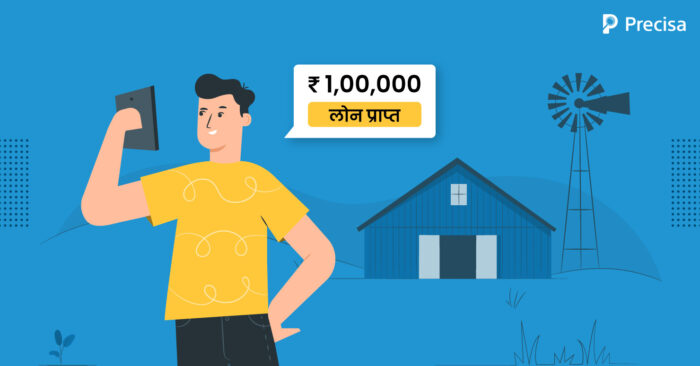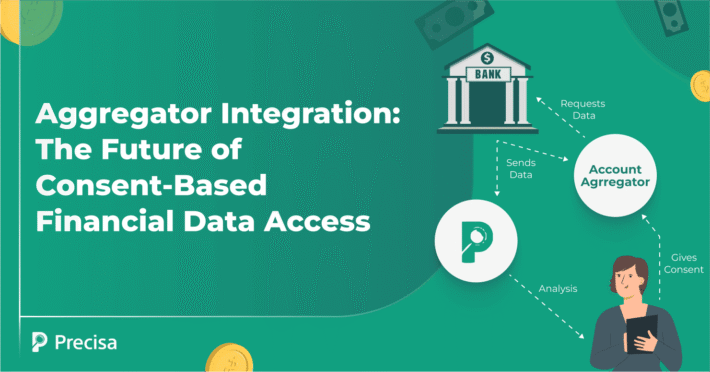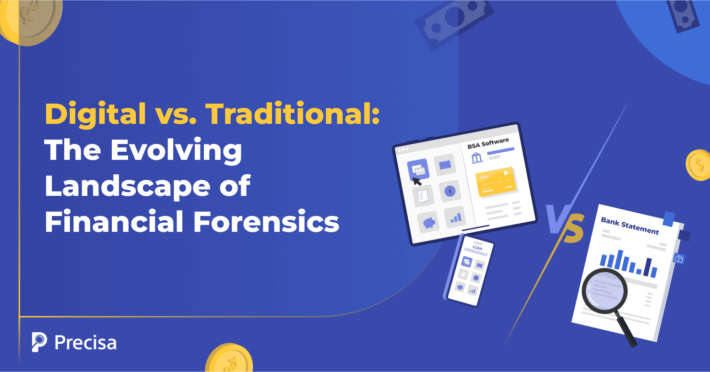Financial Inclusion: How Fintech Can Make Grounds in Rural India

Banking channels were the sole institutionalised means of driving financial inclusion in a country like India for a long time. While urban India can boast of a high level of financial inclusion and access to numerous options, the same cannot be said for rural India.
A major portion of the unbanked population lives in rural areas, and the conventional banking system has been unable to provide the required services even today.
Financial inclusion refers to the provision of financial services to disadvantaged and low-income people at a reasonable cost. Now it is up to the Indian fintech companies to reach out to the unbanked and underserved in rural areas to attain ultimate financial inclusion. So, how can financial technology or Fintech achieve financial inclusion? Read further to know…
Role of Fintech to Help Rural India Become Finance-Savvy
Since demonetisation India has recognised the necessity to adapt to technology and adopt digital payments. While the rest of the country embraced digitalisation, rural India has remained in the backseat.
However, in the event of a pandemic, the rural population was forced to become adept at using digital modes of payment and banking. This can largely be credited to the resources and efforts of various Fintech companies.
By using the existing financial ecosystem and developing technology to make banking simpler, more accessible, and cost-effective for millions of unbanked and underbanked Indians, Fintech companies can play a vital role in increasing financial inclusion. Here are ways how Fintech can help the rural unbanked
1. Micro ATMs are on the rise
Micro ATMs (MATM) are a more cost-effective banking alternative to traditional ATMs. It has also become a necessary component of rural families due to its ease of usage.
Micro ATMs are, as the name implies, a miniature version of an ATM. They have features such as point of sale (POS), which connects to financial networks via GPRS to carry out bank-related transactions. The micro devices, which come with a card swipe feature, can also be operated with a fingerprint scanner. To operate this device, the customer has to undergo verification process like Aadhaar card with fingerprint scanning or card swipe option.
According to recent RBI study, banks had installed 4.94 lakh micro-ATMs by the end of August 2021, a 60.9% increase over the previous year.
2. Making rural India digitally savvy with budget 2022
With all the breakthroughs heading our way, we can’t afford to be complacent. Fintech companies, with the help of the government of India, are putting their best foot forward to help rural India get on the digitisation track. While doing so, they were able to reach 62% of Indians who reside in rural areas and are untouched by the benefits of technological advancements in the banking sector.
In addition, as stated in the Budget 2022, the government will place a greater emphasis on digital education and implementation throughout the country. The finance minister also stated that the government will focus on improving fintech education by establishing new courses and universities at GIFT City.
3. Dispensing awareness
The lack of clarity about financial products and services continues to be a barrier to digital financial inclusion. Products for rural areas must be created in a way that is both simple to understand and use. Another consideration is language. Banks and Fintech firms should incorporate local languages into their products so that users may access them easily.
4. Digitising cash
Payment systems, more than any other IT initiative, have an impact on people’s daily life, whether rural or urban.
It’s the equivalent of plumbing or wiring in a house. When it ceases to work, it has an instant drastic impact, similar to when power or water services stop working. Even today, transferring money from payer to payee is a time-consuming, expensive, and inconvenient process in the traditional banking method.
Hence, ATMs running out of cash or breaking down, bank holidays, and restricted working hours cause inconvenience and suffering in people’s daily lives. The alternative, of course, is to digitise cash and move money to make everyone’s lives easier.
The Reserve Bank of India (RBI) announced the establishment of an INR 345 crore Payments Infrastructure Development Fund (PIDF) this year to boost digital payments in Tier III-VI cities and the seven North-eastern states.
Such initiatives would encourage the installation of point-of-sale infrastructure in both physical and digital forms, as well as the improvement of digital payments and enhanced access to financial services for people in small towns and villages.
5. Power of smartphones
In India, around 200 million individuals have bank accounts, and approximately 815 million have mobile phones. 68% of the 1.2 billion people in the country use cell phones, and 17% have bank accounts. As a result, mobile banking is destined to be the next big thing in FinTech.
ICICI’s Mera iMobile app, for example, was launched in 10 vernacular languages allowing consumers in rural regions to access 135 services, including agri-banking services like Kisan Credit Card, Gold Loan, loans to Self-Help Groups (SHGs), and Farm Equipment Loan,.
6. Digital Home Loans for Middle- and Low-Income Families
Currently, house loans are generally dispensed by banks and housing finance companies (HFCs) through a branch-led strategy, which is limited because it is impossible to open a branch everywhere, especially in tier 2 and 3 cities.
However, because the majority of India’s medium and low-income households live in tier 2 and 3 cities, they are unable to access all lenders or products in those areas.
Because everyone with access to the Internet may check the best loan offers available to them and receive their home loans in any area of the country, digitisation leads to the democratisation of home loans. Furthermore, when compared to employing technology for disbursements, the cost of processing loans through a branch-led model is significant. This will lower the processing fees imposed by banks and HFCs, making home loans more accessible to middle- and low-income families.
Closing Thoughts
Because of technological advancements in recent years, the banking industry has undergone massive transformations. ATMs, Internet and mobile banking, payment wallets, and other innovations have significantly improved the customer experience while also allowing banks to expand their reach into rural India.
India is on the verge of a big shift to financial inclusion, with tech-driven innovations concentrating on breaking down traditional obstacles such as the rural-urban divide.
Fintech will be a significant contributor to this journey and will be a key player in the continued transformation of the credit, lending, and borrowing landscape. Precisa is one such Fintech transforming the banking space with its robust bank statement analyser by quickly, efficiently, and securely processing transactions. Book a free demo today!




